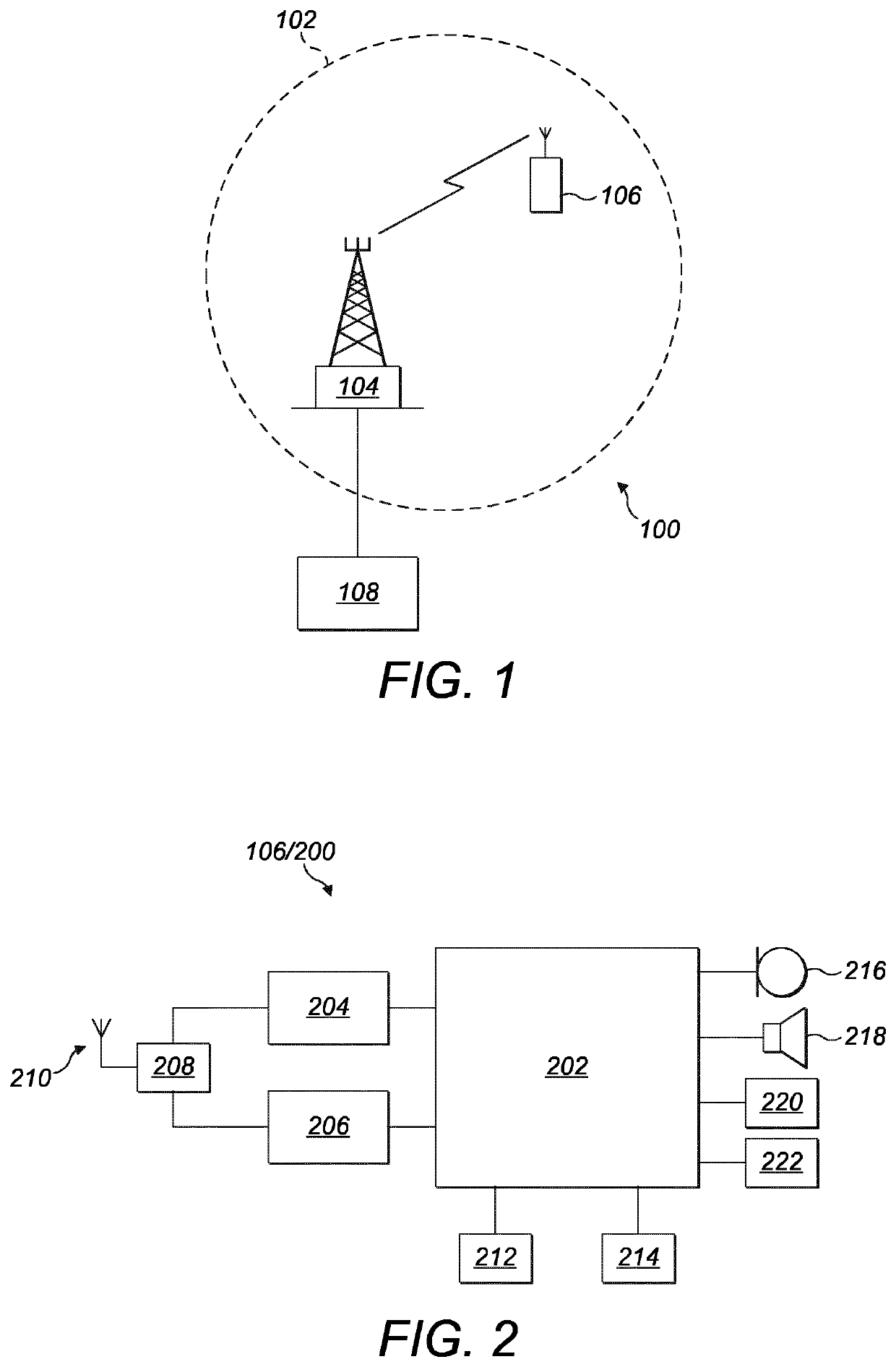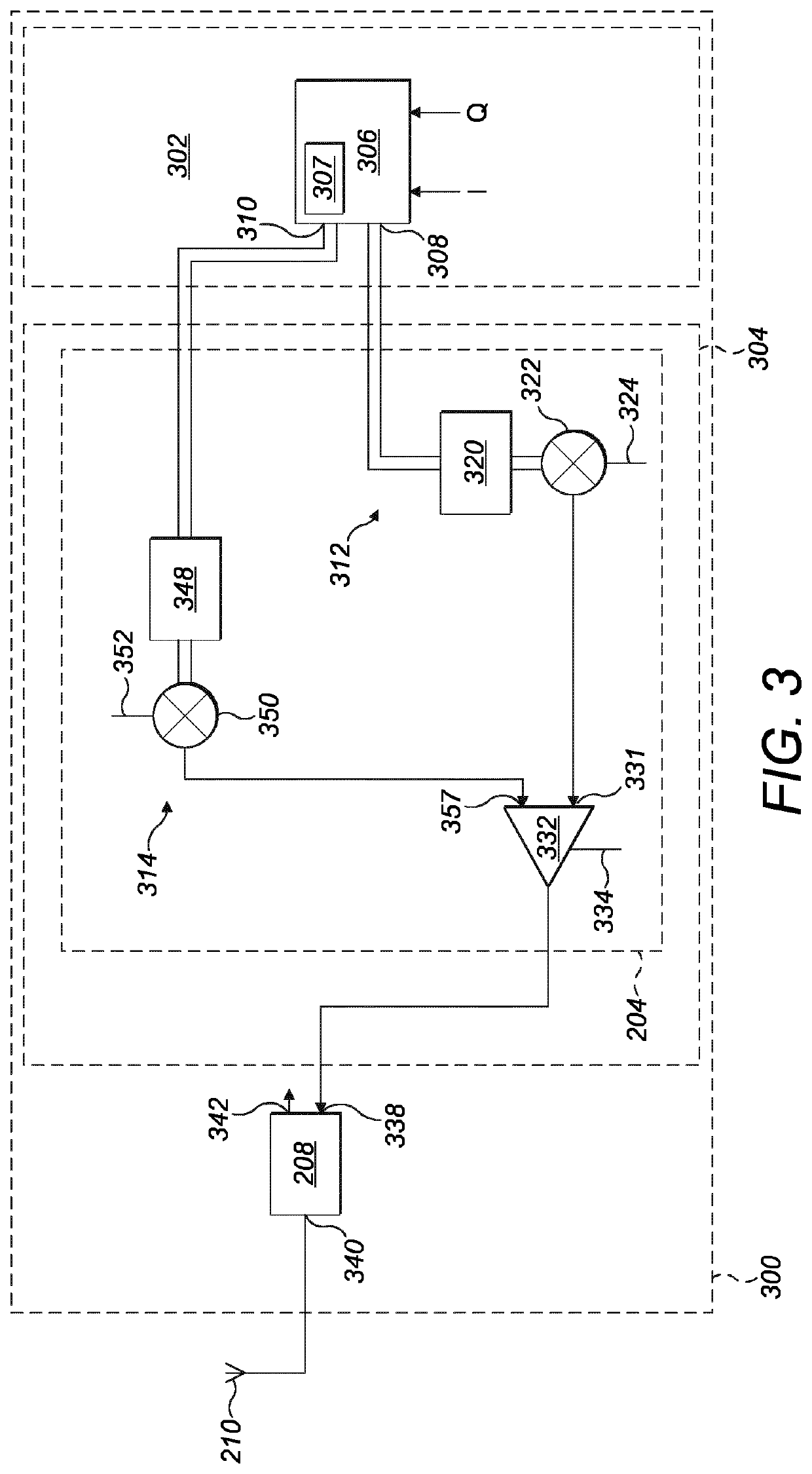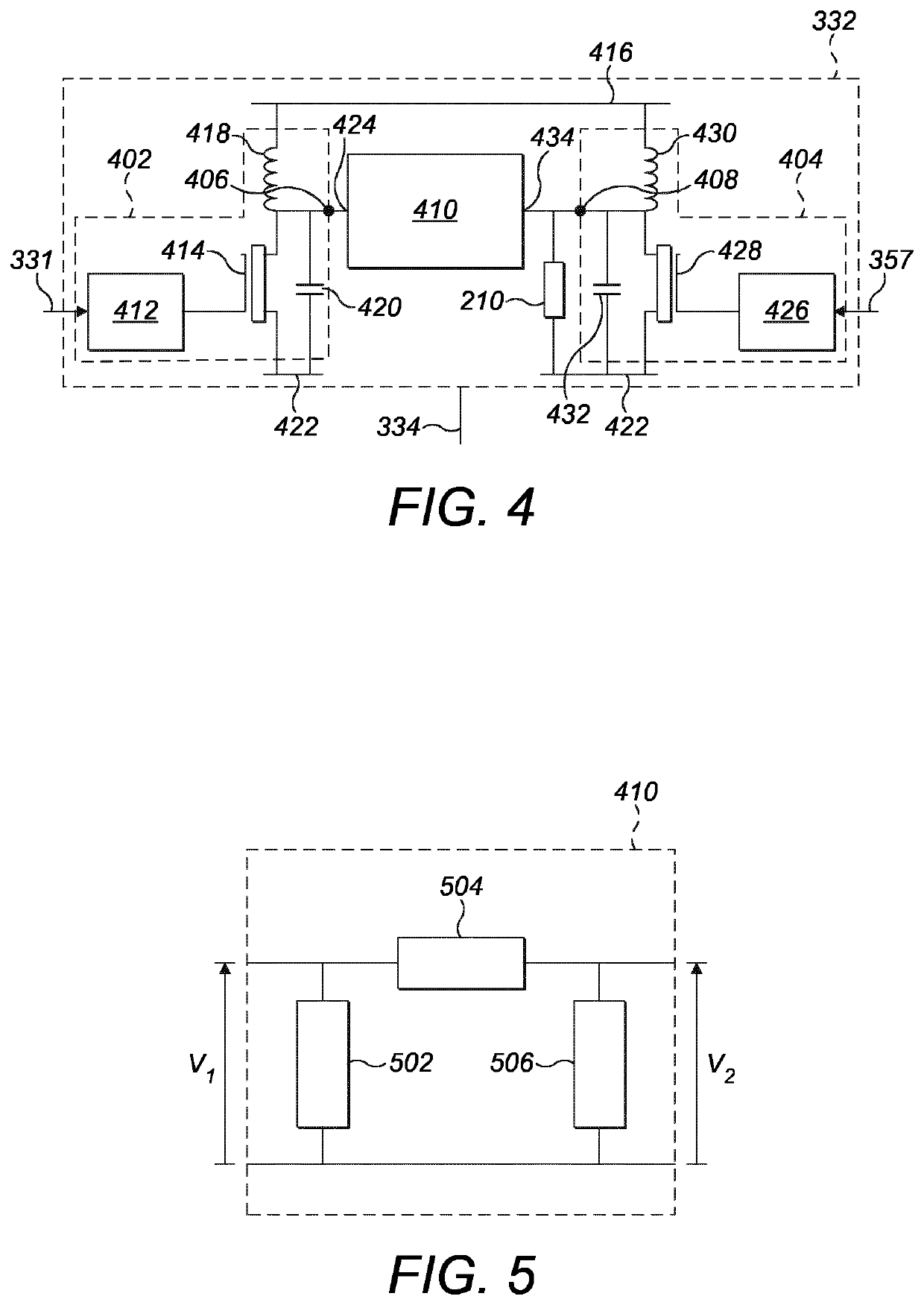Power amplifier apparatus, envelope tracking amplifier apparatus and method of amplifying a signal
a technology of power amplifier and envelope tracking, which is applied in the direction of power amplifier, high-frequency amplifier, amplifier with field-effect devices, etc., can solve the problems of compromising efficiency, affecting the efficiency of amplifiers, and the size of antennas, so as to reduce power losses
- Summary
- Abstract
- Description
- Claims
- Application Information
AI Technical Summary
Benefits of technology
Problems solved by technology
Method used
Image
Examples
Embodiment Construction
[0055]Throughout the following description identical reference numerals will be used to identify like parts. For the avoidance of doubt, references herein to “linear amplifiers” should be understood to mean amplifiers operating in or arranged to operate in a linear mode of operation.
[0056]Referring to FIG. 1, in a wireless communications system, for example a Long Term Evolution (LTE) communications system 100, a communications network is supported by a plurality of cells arranged to provide wireless communications access over a geographic region. In this example, only a single cell is shown for the sake of simplicity and conciseness of description. However, the skilled person will appreciate that a greater number of cells is usually deployed throughout the communications network. In this respect, a cell 102 is supported by a base station, referred to as an evolved Node B (eNodeB) 104 in the context of the LTE communications system 100. The eNodeB 104 is capable of communicating wir...
PUM
 Login to View More
Login to View More Abstract
Description
Claims
Application Information
 Login to View More
Login to View More - R&D
- Intellectual Property
- Life Sciences
- Materials
- Tech Scout
- Unparalleled Data Quality
- Higher Quality Content
- 60% Fewer Hallucinations
Browse by: Latest US Patents, China's latest patents, Technical Efficacy Thesaurus, Application Domain, Technology Topic, Popular Technical Reports.
© 2025 PatSnap. All rights reserved.Legal|Privacy policy|Modern Slavery Act Transparency Statement|Sitemap|About US| Contact US: help@patsnap.com



